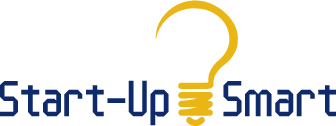Here are some examples of organizations that excel at delivering personalization, customization, and tailored solutions through a business model that builds lasting relationships with select customers.
Home Depot is a classic example, as they will walk you through the store educating you and helping you find the product you need. "You can do it...we can help." Also,
Herbalife is a great example of how an organization uses a customer intimate approach to encourage and support its distributors to build their individual business.
We, at Start-Up Smart, just worked with a sales team for a market-leading book publisher. They identified themselves as a Best Total Solution organization. This value proposition differentiates them clearly in the industry, as the trend for their competitors is to outsource the sales function. Outsourcing is clearly a low-cost strategy and it removes the customer intimacy. This sales team now has a clear differentiating value proposition.
Here is an excellent link to a blog about the Best Total Solution.
http://deoluakinyemi.com/2006/09/22/customer-intimacy/



